How to control Windows with only a keyboard
No need to worry if you have lost access to your PC mouse, you can still control your PC just with the keyboard. Your PC keyboard offers all the keys and shortcuts to perform almost all of the Windows functions. You can even learn these handy keyboard shortcuts to boost productivity.
In this post, we will tell you everything you need to know about controlling your Windows PC when you have just the keyboard at your disposal. Of course, it requires memorizing the function of some keys or shortcuts, but in the time of need, it's worth it. Let's take a look at the following shortcuts and their functionalities.
Important keyboard keys to control Windows:
- Arrow Keys: These keys allow you to move up, down, left and right on a page or a menu (where it is possible).
- Enter: To execute any command or confirm a dialog, you need to press the Enter key.
- Spacebar: Usually used for scrolling, but when you are using just the keyboard, you can use it to enable/disable different options in the check box via Control Panel or System Properties. The Enter key will not change options inside a dialog.
- Tab: Simply allows you to move to the next item, text field or link on a page. The Tab key highlights anything clickable on a page for your interaction.
- Shift: Allows you to use a different or opposite version of a key or function to change its behaviour. For example, press Shift + Tab, and the Tab key will move you backwards on a page instead of forward.
- Ctrl: This is used in conjunction with other keys to quickly perform different actions. Here is a list of shortcuts you can use with the Ctrl button.
- Windows Key: The Key with a Windows logo on it is called the Windows key. It can be used to start menu and combinable with other keys to perform different actions. The Windows key, however, may not be able to control functions of third-party apps. Here is a list of shortcuts you can perform using the Windows key.
- Menu Key: Located between Spacebar and the Ctrl key on the right side of the keyboard, the Menu key allows you to navigate through arrow keys. Its function is similar but not an alternative to the right-click as it only opens menu for highlighted item. If you don't find this button on your keyboard, then you can press Shift + F10 for alternative shortcut.
- Page Up/Page Down: These buttons will move you to a single page up or down on the screen for quick scrolling. A page is usually the size of the content you are currently seeing on your screen.
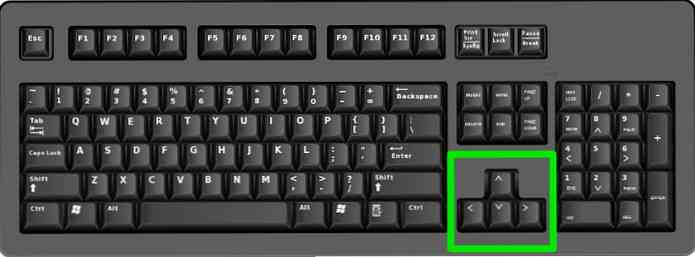
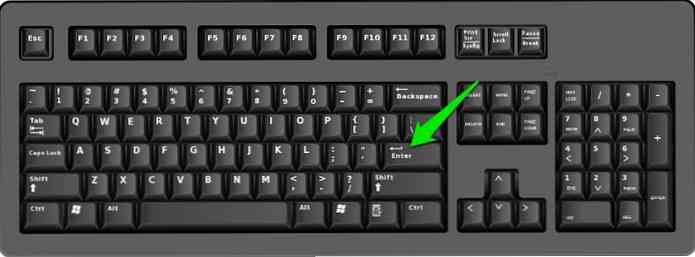

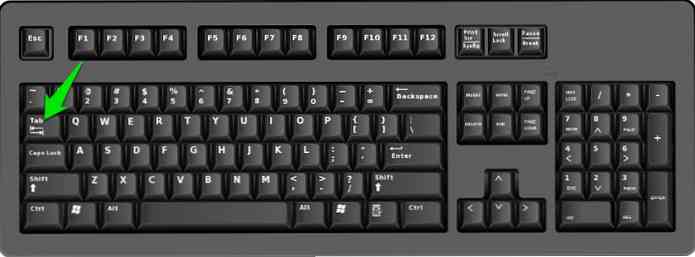

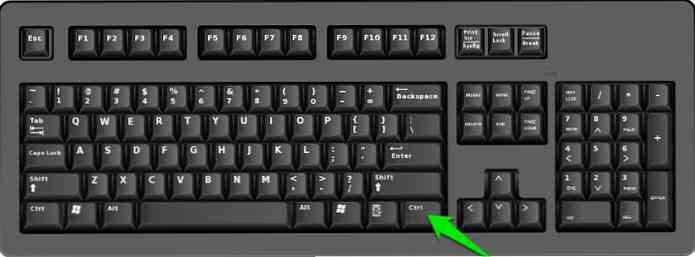
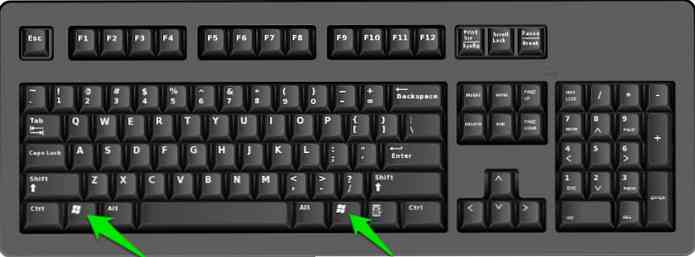
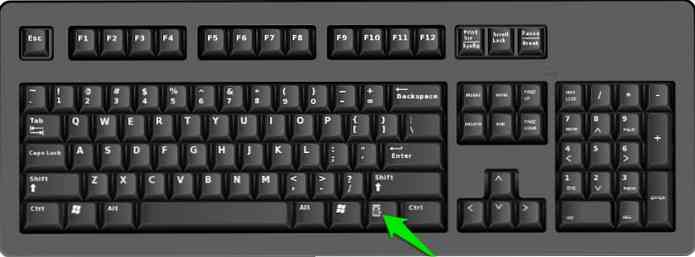
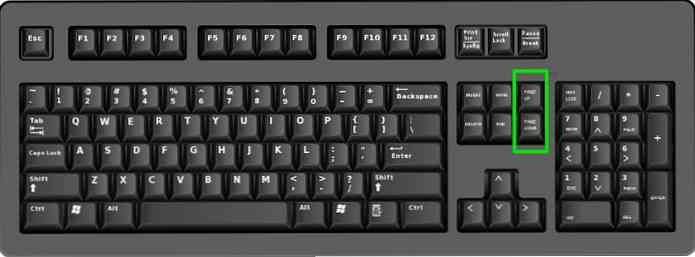
Reaching the Desktop
By pressing Windows Key + D will take you to the desktop from anywhere. Whether you want to select an operating system, cancel disk check or enter your Windows password, all can be effortlessly done with Arrow keys and the Enter button.
Interacting with the Desktop items
You cannot navigate between desktop items with the Arrow keys, and so you need to bring focus to the desktop items in order to move between them. Since you don't have access to the mouse you will have to resort to an alternative.
Pressing the Tab key on the desktop will start switching the focus between desktop and items on the taskbar. Press the Tab key multiple times to move the focus to the desktop.
When an item on the desktop is highlighted, use Arrow keys to move between the items and press the Enter key to launch/open an item.
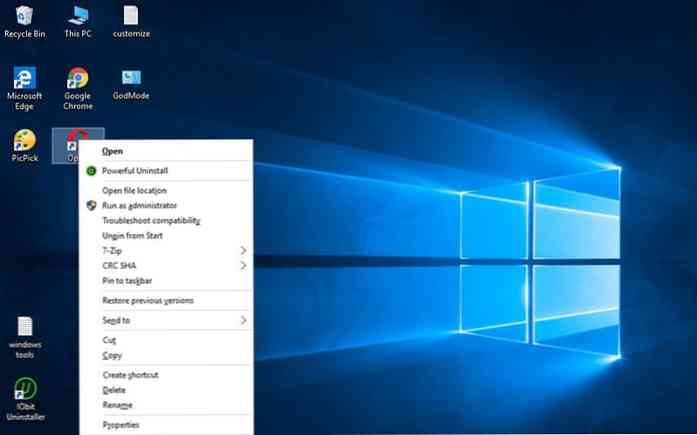
Interacting with the Start Menu items
You can press the Windows key to activate the Start menu. In the Start menu, you can use the up/ down arrow keys to move between items and press the right arrow key to move to the section on the right side of the Start menu (tiles in Windows 10), or use the jump list if available.
You can also use the Tab key to move to the each section of the Start menu.
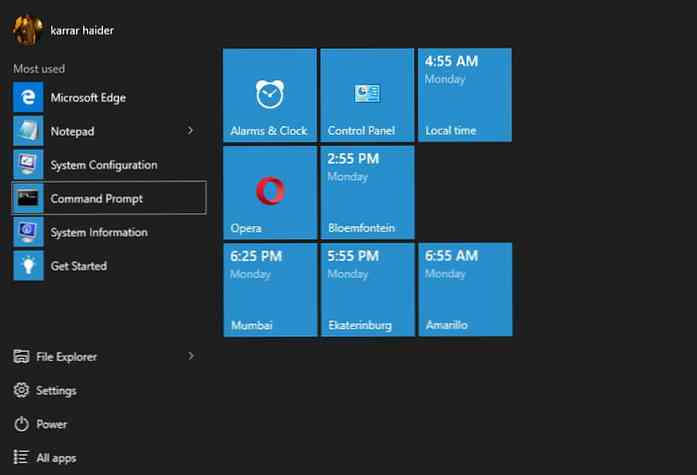
The same instructions apply to Windows 8 users, but they will be moved to the "Start screen" instead of the Start menu.
Interacting with the Taskbar
As mentioned above, you can press the Tab key on the desktop to move between taskbar items and press the enter key to open one. In case you have pinned items on the taskbar, press Windows key + corresponding number to quickly open that program.
For example, if your browser is pinned at 3rd number in the taskbar, then you can press Windows key + 3 to open your browser immediately. Same shortcut will be used when you need to minimize or maximize an already opened program.
Using the File Explorer
You can press Windows key + E to open the File Explorer (My Computer), or navigate to it from the desktop or the start menu.
Inside the File Explorer, you can use arrow keys, Tab key and the Enter key to navigate and access files/folders. You can press and hold the Alt key and use the left and right arrows to move backward or forward between folders.
If you want to select multiple items, then press and hold the Shift key and use the arrow keys to start selecting multiple items. Once selected, you can press the Menu key (or Shift + F10 ) to open menu for the selected items (simply put, right-click on them).
Use your Browser with Keyboard shortcuts
Most of the keys and shortcuts mentioned in this guide function in the same way for third-party applications. While it's difficult to highlight all third party applications, we are covering the most utilised applications, which is the web browser.
Once the browser launches, your cursor will be inside the search bar. Enter your query and hit Enter to search for it. The search results can be navigated using the arrow keys.
If you want to access each button and link on the page, then Tab key, Arrow keys, Spacebar and Page Up/ Page Down keys will help you scroll through the page. The Tab key will help highlight clickable buttons. You can press Ctrl + T to quickly open a new tab or press Ctrl + W to close a tab.
These instructions should be enough to do a basic search on the web. You will have to check shortcuts guide for your browser in order to learn shortcuts for specific features such as access history, bookmarks or the settings.
Use the Mouse with the Keyboard
Windows allows you to control your mouse with the keyboard buttons. Of course, it is not even nearly as intuitive as using an actual mouse, but when you are stuck; it can be astonishingly helpful.
To enable mouse control with keyboard, press Left Alt + Left Shift + Num Lock keys and then press Enter to confirm the dialog that appears. You must use the Left Alt and Left Shift keys otherwise this will not work.
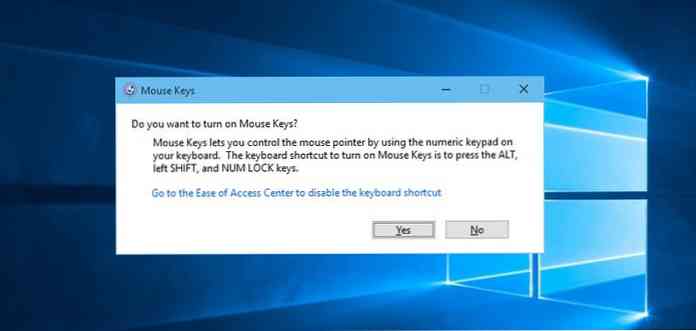
Once enabled, you can use the keys on the numpad to move the mouse around and click on items, similar to how a mouse works. Numpad keys 8, 4, 2 and 6 are used for moving around and you can press the numpad key 5 to execute left-click.
To right-click you must first change function of numpad key 5 to right-click by pressing the - (minus) button and then use it to execute right-click.
Here is a list of all the keys you can use to control your mouse with the keyboard. Some smaller laptops don't have numpad keys or the touchpad is not compatible, so it can't be applied.
Important Keyboard shortcuts to remember
Remembering important keyboard shortcuts will help a lot in controlling Windows and its functions in a snap. Below is a list of Windows keyboard shortcuts that will help you immensely :
- F2 : Rename a file
- Delete Key : To delete an item
- Shift + Delete : Permanently delete an item
- Ctrl + Shift + N : Create new folder
- Ctrl + A : Select everything on a page
- Ctrl + C : To Copy
- Ctrl + X : To Cut
- Ctrl + V : To Paste
- Window Key + S : Open Windows search field
- Ctrl + Shift + Esc : Open Task Manager
- Alt + F4 : Close currently opened program/window
- Windows Key + Tab : To preview and move between opened windows
The above are just few of the basic Windows shortcuts that will make it easier to navigate and perform common tasks. I will also recommend you to go through our ultimate list of over 200 Windows keyboard shortcuts. It may become even more easy for you to use Windows with the keyboar as compared to the mouse.
Conclusion
The above instructions should be more than enough to navigate Windows and work with files and folders. However at this point it is impossible to replace mouse with keyboard as the mouse is still very relevant in many situations and mandatory for using many apps and games.
I personally prefer to skip the step to reach for my mouse, and honing keyboard shortcuts has helped me immensely. We look forward to your comment on mouse to keyboard experience.




